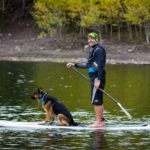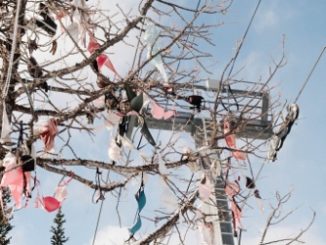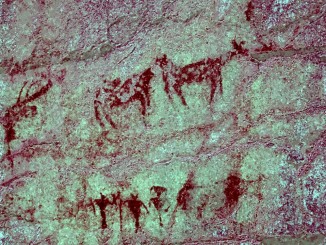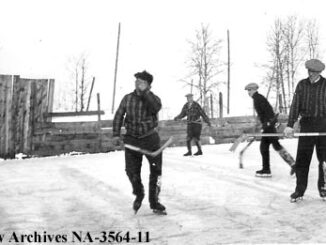High in the rugged peaks of Alberta and British Columbia, glaciers carve a landscape that feels both timeless and fragile. From the sweeping Columbia Icefield, one of the largest icefields south of the Arctic Circle, to the dramatic blue tongues of the Athabasca and Peyto Glaciers, these frozen giants are central to western Canada’s natural heritage. They feed rivers that sustain ecosystems, communities, and agriculture far downstream, while also serving as living laboratories for scientists tracking the impacts of climate change. With 2025 designated as the International Year of Glaciers’ Preservation, global attention is turning toward the urgent need to protect these icy reservoirs before they shrink beyond recognition.
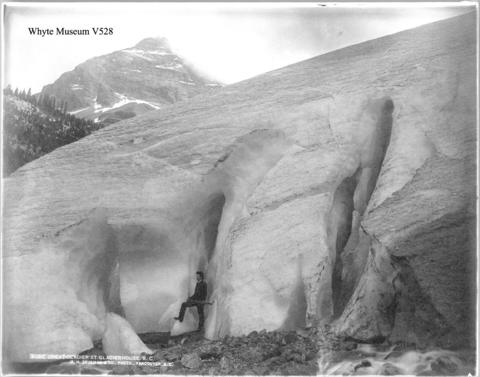
At the same time, glaciers have become an unforgettable draw for travellers eager to witness their grandeur up close. Guided tours on the Athabasca Glacier, heli-hiking adventures in the Bugaboos, and ice cave explorations in the Coast Mountains provide rare opportunities to walk on ancient ice and see firsthand the beauty, and vulnerability, of these frozen worlds. Glacier tourism in western Canada is not only about breathtaking views, but also about sparking awareness and responsibility. By standing on the ice and hearing its story, visitors gain a deeper connection to one of Earth’s most vital resources, and a renewed motivation to be part of its preservation.
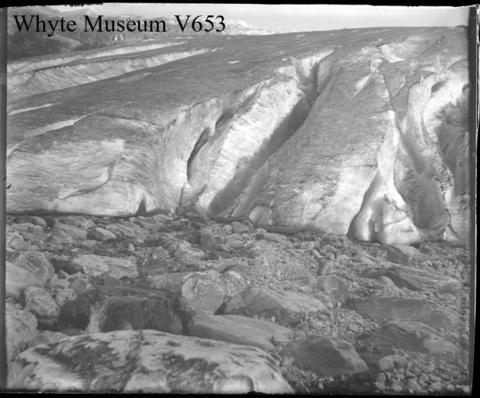
Six years ago I published Historic Photos of Glaciers from the Canadian Rockies, but since 2025 has been designated the International Year of Glaciers’ Preservation I wanted to revisit the topic. Here you will find a continuation of that original collection of photographs, featuring glaciers from across Alberta and British Columbia. It provides a glimpse into the past, in some cases 130 years ago, when these glaciers were many times larger than they are today. For those who are interested, the Alpine Club of Canada and the Mountain Legacy Project are currently hosting a Repeat Photography Challenge. Find all the details right here.
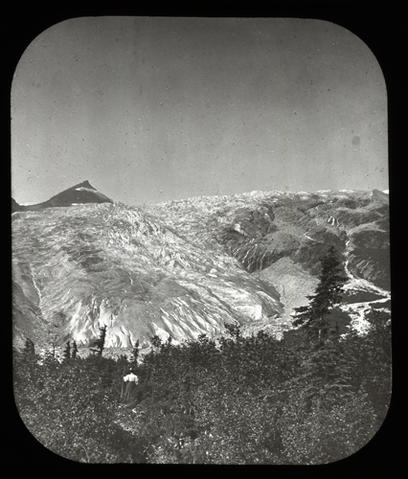
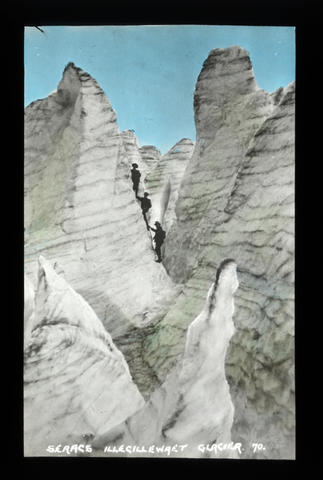
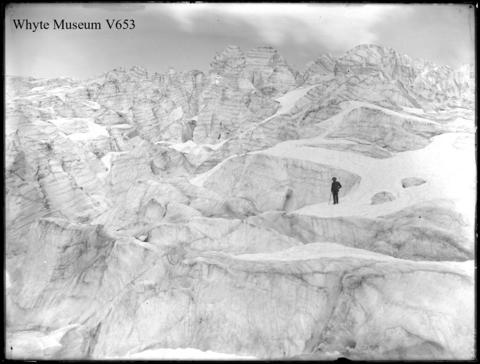
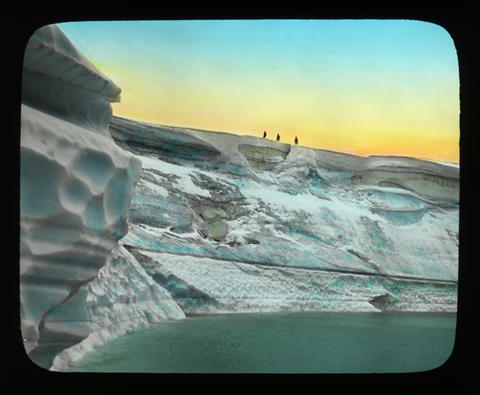
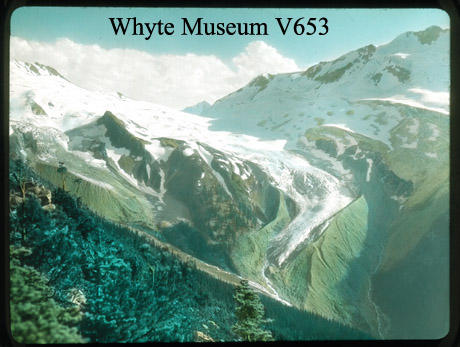
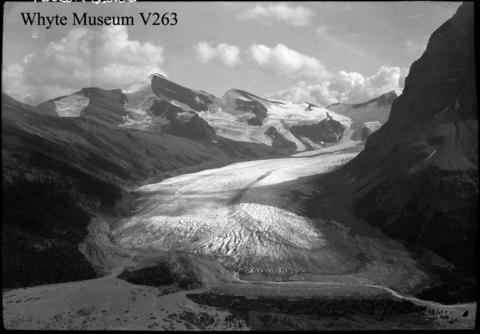
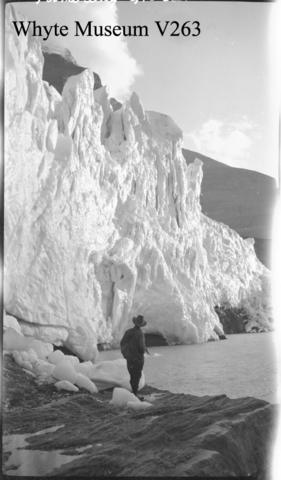
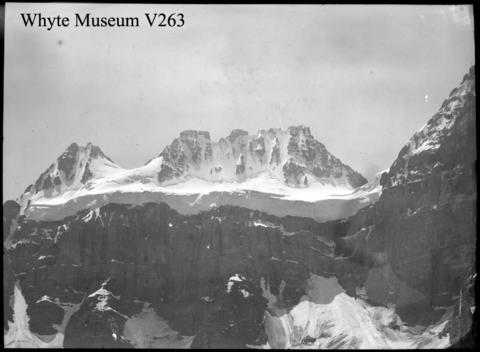
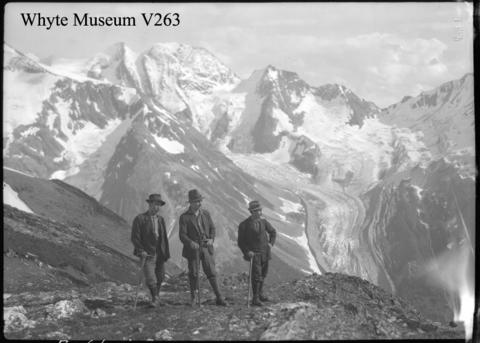
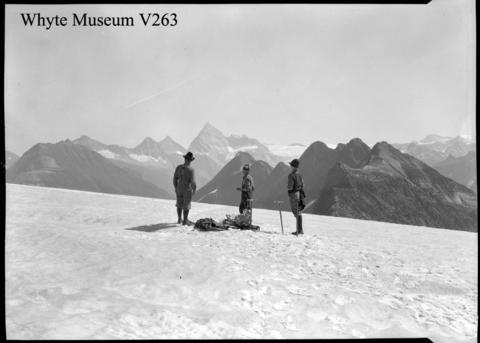
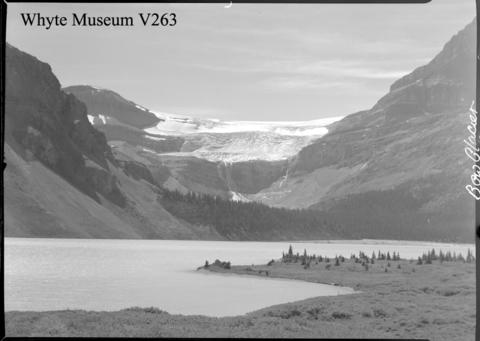
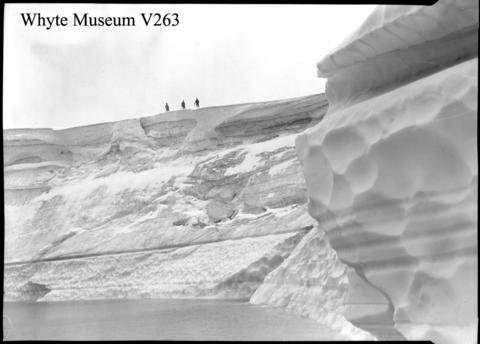
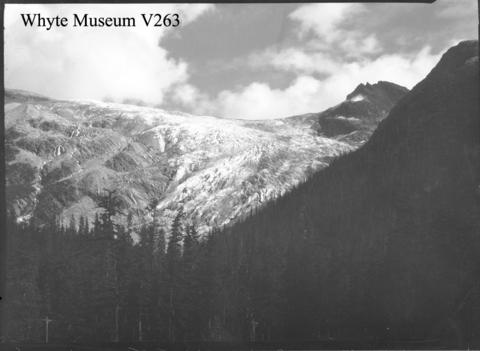
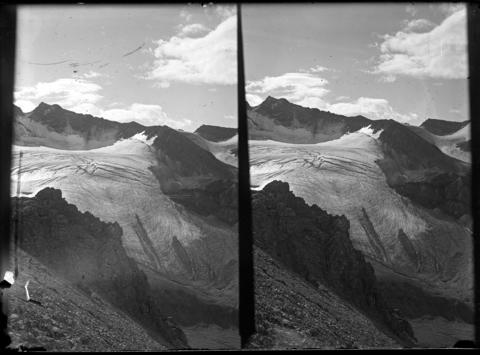
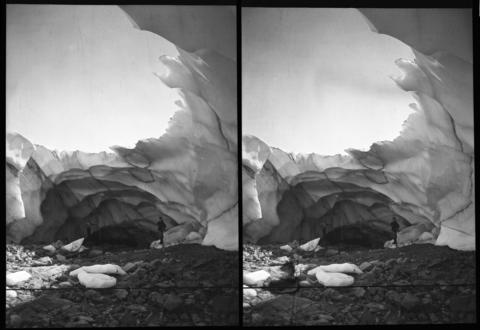
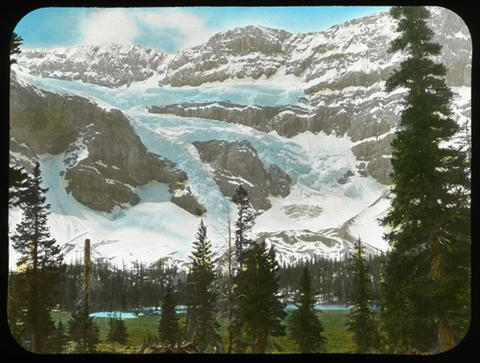
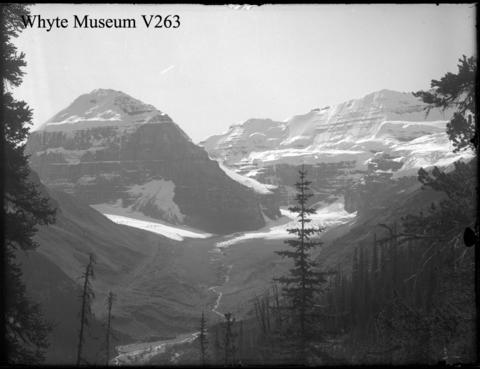
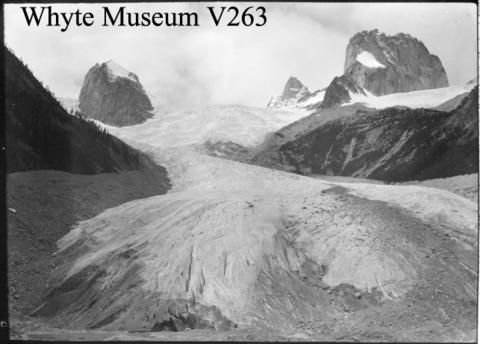
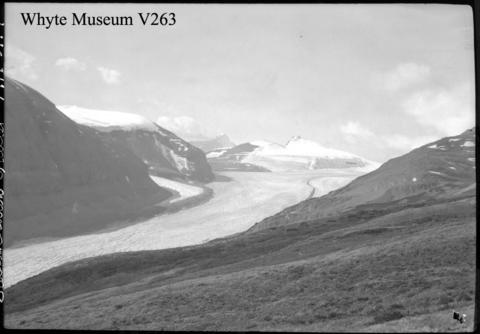
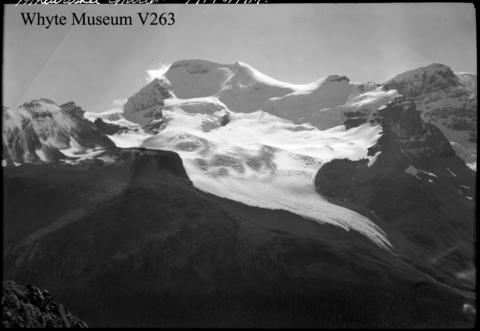
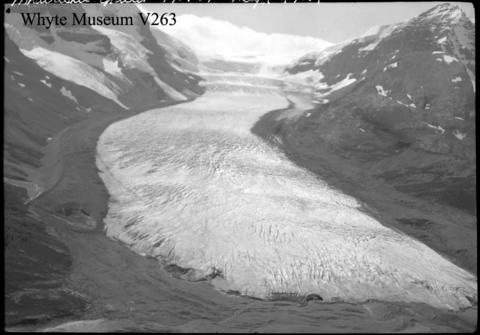
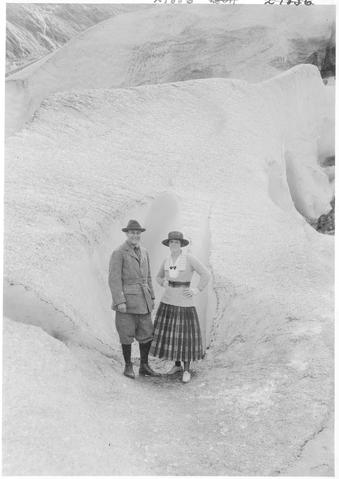
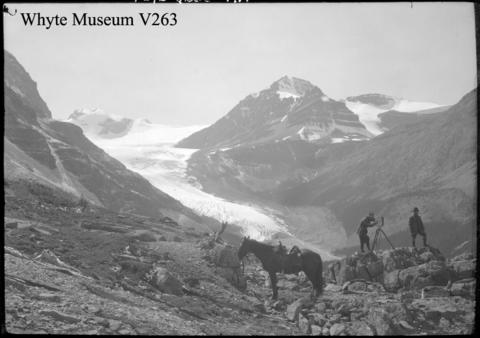
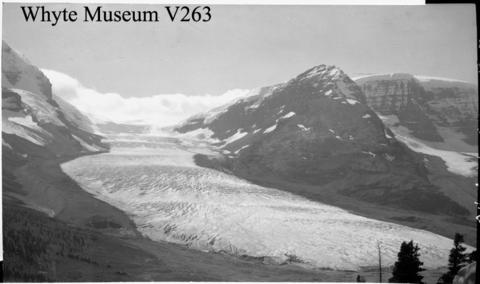
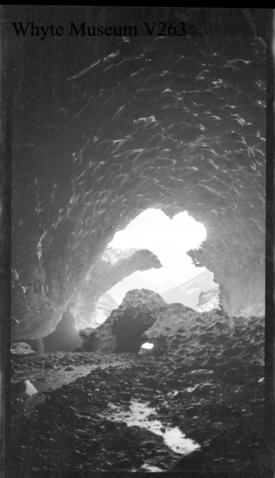
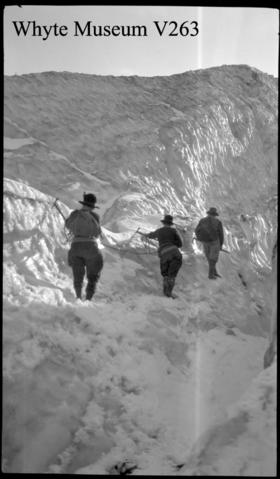
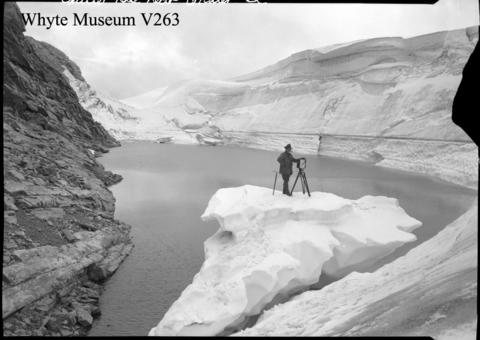
For even more stories about glaciers, please visit the following posts: Wild Jobs: Glacier Guide, Historic Photos from Glacier National Park, Old Photographs Featuring the Work of Mary Vaux, Vintage Photographs from the Alpine Club of Canada, Wild Jobs: Mountaineering Guide, and Touch Ice, Take Action with Glacier Hikes and Adventures.
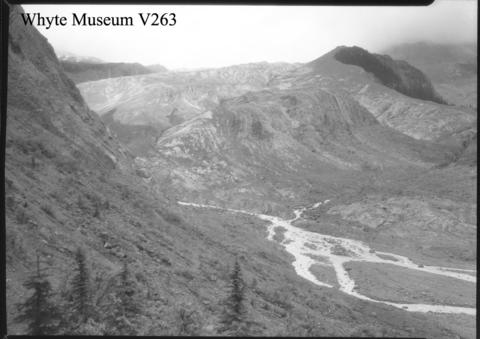
The photos above were collected from Archives Canada. If you’re interested, additional information can be found for each photograph on their website. Stay tuned for additional posts featuring historical photos from across Alberta and Western Canada. We’d love to know what you think in the comment section below.

